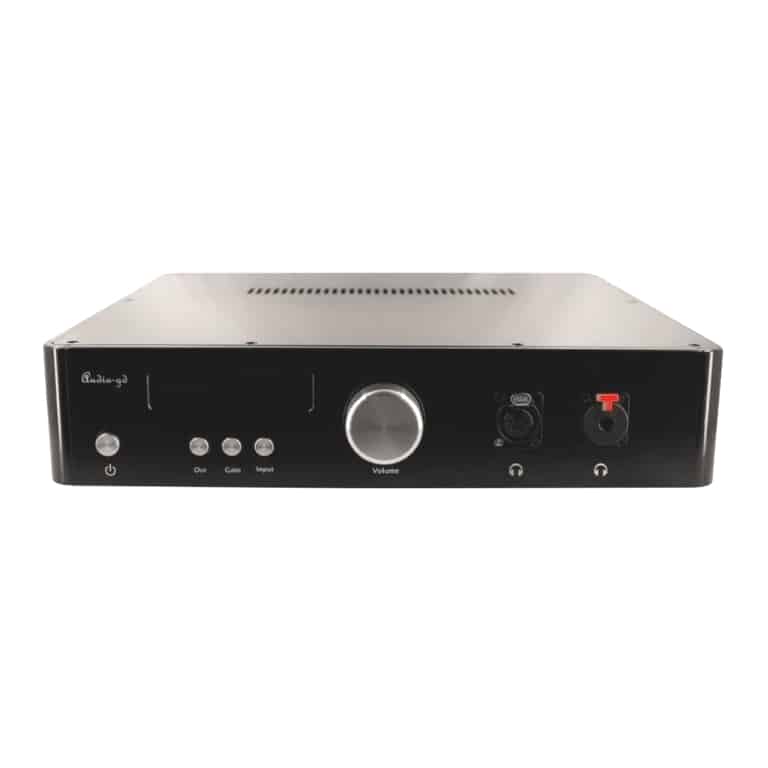

Digital distortion is not musical and sounds horrible! Guide to volume and gain for DJs

Anything over this level will distort because digital circuits have no Headroom above 0dBFS. (Think guitar distortion and drums recorded to tape at high level).ĭigital circuits also have a maximum level that they can recreate, which is known as 0dBFS, and a digital circuit will accurately create the signal up to this level with no distortion. As the signal gets closer to the maximum level it slowly begins to distort in a somewhat “musical” way, and can be used creatively. The difference in level between 0dB and the maximum level is known as “headroom”. With an analogue circuit the manufacturers will specify an optimum level to set the signal at (0dB) but the maximum level the circuit will be able to handle is higher than this – exactly how much higher will depend on the quality of the equipment. Old school VU meters: Note the red “headroom” above the 0dB mark.Īll electronic circuits have a maximum level that they can recreate a signal accurately at. However, I am going to discuss the differences when it comes to setting gain, as there is a huge difference in the way analogue and digital signals behave when they distort, and when you understand this you will understand why good gain structure is even more important for the digital DJ. I’m not going to debate which is better, as both have their strong and weak points, and I don’t want to get too technical in this article. Headroom and distortion: Digital vs analogue This is known as “good signal to noise ratio”, and while digital files and equipment have a much lower noise floor than their analogue counterparts, they are still subject to noise, and digital noise is even nastier than analogue hiss.

The reason for doing this is to ensure that the level of the signal is sufficiently higher than the noise generated by the electronic circuits in your set-up, but still lower than the maximum signal the circuits can handle. Put simply, “gain structure” means setting the gain level at each amplifier point in your DJ set-up to get the loudest possible signal without distortion. So what is this “gain structure” business anyway, and why is it so important? Let’s take a look… Setting all the volume and gain controls in a DJ set-up correctly is the most important step to getting a good sound out of it, and it never ceases to amaze me how so many DJs – even some of the biggest names on the planet! – are completely unaware of how to do it properly, or worse still, just don’t bother. Yet if you just take time to learn a few simple rules and techniques, every DJ set you play will sound as good as it’s possible for it to. Gain, fader, EQs, master outs, amp volumes – knowing how to set these all up correctly is essential if you want your DJ sets to sound right.


 0 kommentar(er)
0 kommentar(er)
